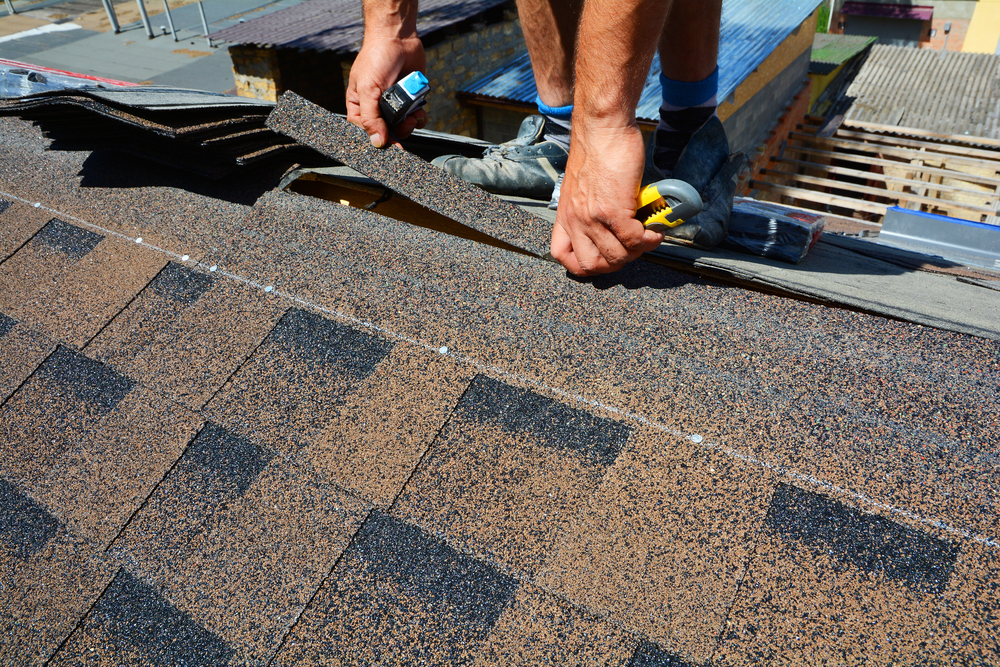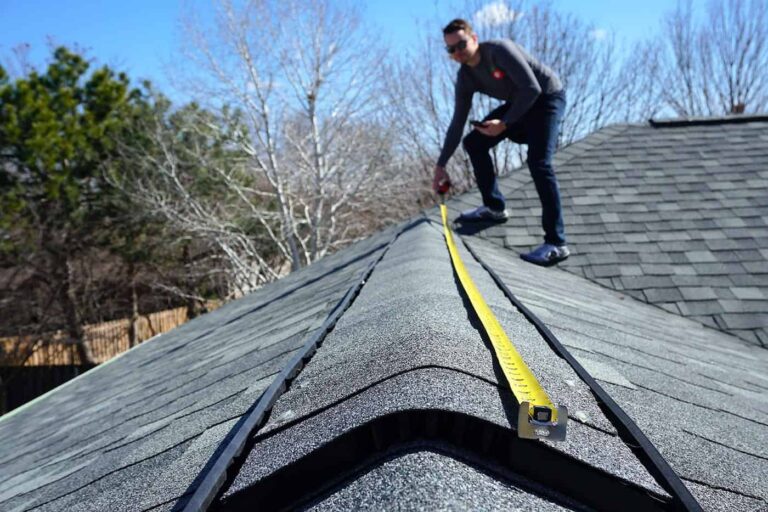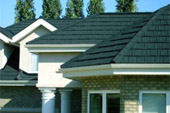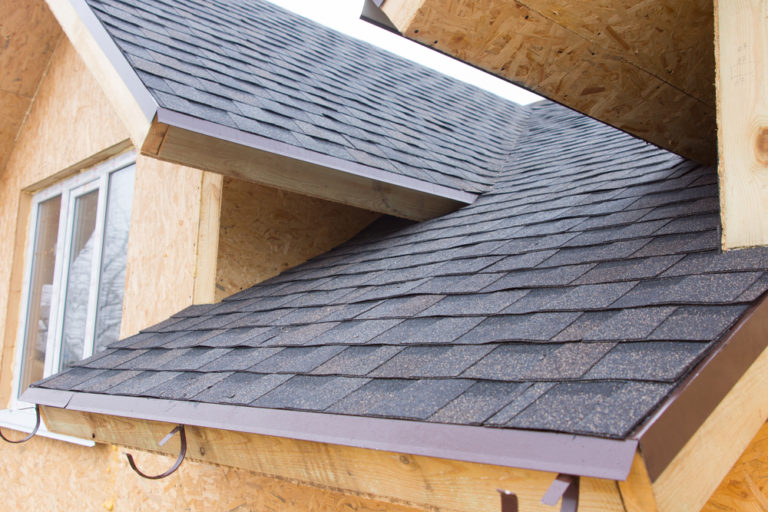How to Prepare Your Roof for Winter in Edmonton | Great Canadian Roofing & Siding
Canadian winters are notoriously harsh. The frigid air and snow makes a high-quality, well-maintained roof a necessity for a comfortable winter. As winter approaches, take the time to prepare for the snow and cold that winter brings each year.
Damaged roofs impact the safety and energy efficiency of your home. You don’t want your roof to collapse after a heavy snow storm, you don’t want to have to deal with a leaky roof in mid-December, and you don’t want to pay extra money to heat your home all winter long.
Use this simple checklist to ensure you have a well-prepared roof this winter.
1. Inspect and Clean Eavestroughs
Eavestroughs collect debris over time. If this debris is not cleared out, water will build up and overflow onto the rest of your house. This can cause severe damage to your roof, siding, and trim. The standing water can contribute to rust and corrosion. Additionally, the clogged water can freeze, expand, and cause damage to the eavestroughs.
While you should always keep an eye on your eavestroughs, it is especially important to do so while preparing for winter. Leaves that fall from the trees often find their way into eavestroughs. Throughout the fall, try to keep on top of cleaning the eavestroughs. Once the nearby trees have lost all of their leaves, perform a thorough inspection and clear out any remaining debris.
2. Clear the Debris from the Roof
Small piles of tree branches and leaves can facilitate water collection, mould, mildew, and fungus growth, all of which can damage your roof.
If it is safe, climb up on your roof before it snows and clear the debris. If the slope of the roof is too steep or it is too dangerous to walk on, call a professional.
3. Check for Damage
Check your roof for damage while it is still warm outside to identify any problems you might need to fix.
First, walk around the roof and examine the edges and surrounding area. Look for broken flashing, broken or missing shingles, and other damage. If it is safe to get on the roof to examine it, go ahead and climb up. If not, perform a preliminary inspection with binoculars. Look for missing, broken, curled, cracked, and frayed shingles. Then call a roofing professional to take care of repairs.
4. Check the Insulation
Insulation is one of your main defences against the harsh, winter air. If your roof developed a leak and contaminated your insulation, the first sign might be higher energy bills. Before fall turns to winter, inspect your insulation for water damage.
If you find damaged insulation, you need to find the source of the problem before you replace the insulation or you will face the same issues after the first big snowfall.
Call in a professional to fix the leak and replace the insulation.
5. Trim the Trees
If any trees in your yard hang over your roof, it’s time to pull out the trimmers. Not only will the leaves and branches collect on your roof throughout fall, but if a heavy load of snow proves too much for a branch to handle, it could collapse onto your roof.
Shape the tree before overhanging branches become an issue.
A well-maintained roof keeps your home safe and warm throughout the winter months. As you prepare your roof, consider calling in a professional to help make sure your roof is completely winter-ready. Contact us today to get a free estimate or book a service.







